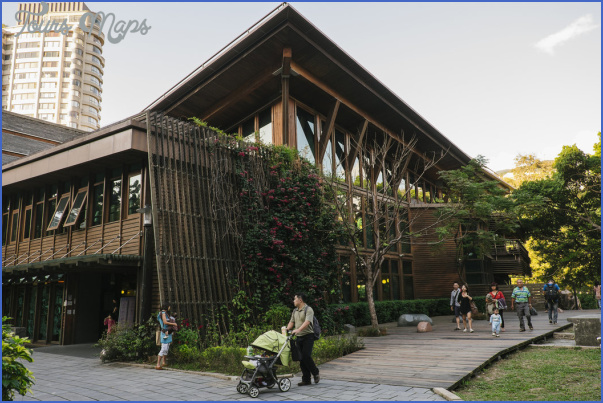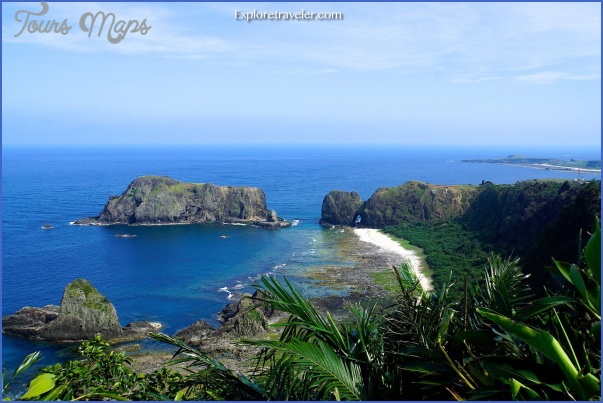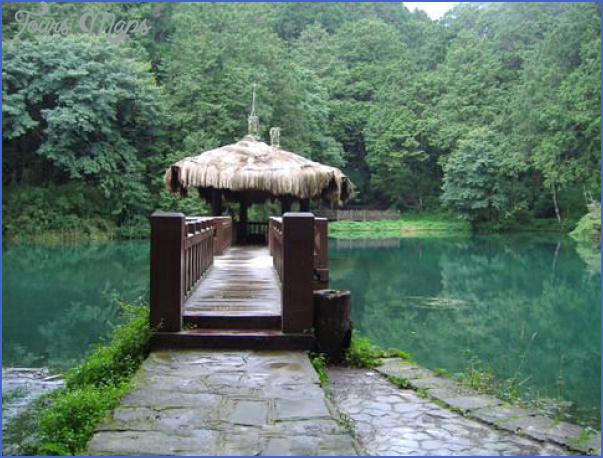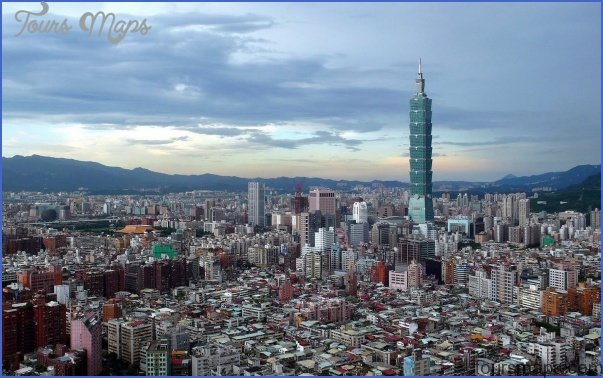During the early days of recorded history in a society based on slavery large workshops were used to make bronze and pottery objects for the nobility. One type of white clayware made from fine kaolin and now referred to as “proto-porcelain” had to be fired at 1000°C/1800°F.
With the unification of China the art of ceramics experienced an extraordinary boost. Funerary clayware replaced human sacrifice at burial rites, to which the celebrated terracotta army of Xi’an bears eloquent witness. During this period glazes were used for the first time, rendering the clay impermeable and conferring a new aesthetic value. In Zhejiang province, the centre of Chinese pottery production, the first “Yue celadons” appeared.
Tang Dynasty pottery is characterised by the “three colour” effect, which earned the Chinese craftsmen fame abroad. Warriors, ladies, scenes from daily life and the celebrated, unmistakable model horses are typical of this highly successful period.
The Song years were the classical years of Chinese pottery with the establishment of those aesthetic qualities which would guide porcelain artists up to the present day. The emphasis moved from the Tang period’s large ritualistic human and animal forms to smaller objects which were in daily use or those which occupied a place on the desk of the scholar, who was starting to replace the warrior as the key figure in Chinese society. Pottery manufacturers concentrated on improving theform and quality ofthe porcelain, while decoration was regarded as rather vulgar.
During their 100 year reign over China the Mongols created an enduring legacy in the art of ceramics. They introduced “Qinghua” ware, a white porcelain decorated with a cobalt blue underglaze. This technique originated in the Middle East, where it was used to finish Islamic pots and the geometric patterns typical of nomadic tribes predominated. The commonest items produced during Genghis Khan’s rule were large vessels, often simply copies of metal objects such as wide plates and water bottles for the Mongol ruler’s horsemen. Aesthetes initially viewed this style as incompatible with the Chinese ethos but some ofthe Yuan characteristics were gradually accepted.
During the Ming period the elegant shapes and high quality of Song porcelain merged with the decorative style typical ofthe Yuan Dynasty to produce a product of unsurpassed perfection. Jingdezhen (Jiangxi province) became the national centre for the production of porcelain with about 300 workshops, the best of which produced porcelain for
Three-coloured ceramic plate ofthe Tang period the imperial court in Beijing. Famous painters worked on the decorations and a supervisor appointed by the emperor checked the quality of their work. At the same time the export trade in porcelain was encouraged. Special workshops near the ports of Canton and Quanzhou concentrated on producing goods for exporting abroad.
Interest in coloured porcelain intensified during the Manchu Dynasty. Lavishly decorated pieces became more readily available as new glaze colours were discovered. Different ranges of porcelain were classified according to their background glaze colour, e.g. “famille rose”, “fam-ille jaune”, “famille verte and “famille noire”. Although the level of technical skill soared during this period and the workshops were producing wafer-thin porcelain, huge vases for the imperial court and an unbelievable range of shapes, the transition from manual to mass production methods – each piece required as many as 70 processes -signalled the end of creativity. European tastes came to demand cluttered decorative styles, Rococo gilt and adornments, which were alien to the classic Chinese tradition. From the middle of the 19th c. the political crisis came to adversely affect the ceramics industry. Products were increasingly manufactured to meet the requirements of the export market and the original creative vitality rapidly disappeared.
The kilns were destroyed in the course ofthe civil wars and the Japanese invasion of the 20th c., resulting in the dispersal of the skilled workforce. Maoist orthodoxy adopted a negative attitude to Chinese tradition and the ceramics industry finally succumbed to the prohibition on any kind of private initiative. Nevertheless, some elements of the industry have survived. In rural areas a few small workshops continue to manufacture naively decorated products and in nearby countries such as Japan a strong demand for master potters remains, while paradoxically the old artistic traditions are being perpetuated by a flourishing trade in the production of near perfect replicas which are flooding the market in Far Eastern countries.
Taiwan travel guide in Chinese Photo Gallery
Maybe You Like Them Too
- The Best Cities To Visit in The World
- World’s 10 Best Places To Visit
- Coolest Countries in the World to Visit
- Travel to Santorini, Greece
- Map of Barbados – Holiday in Barbados












